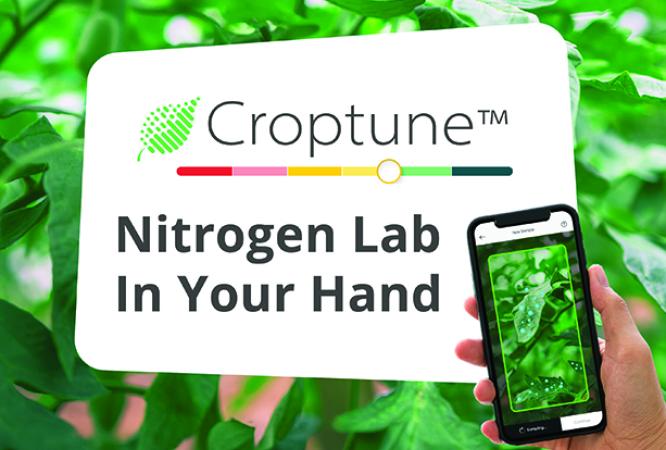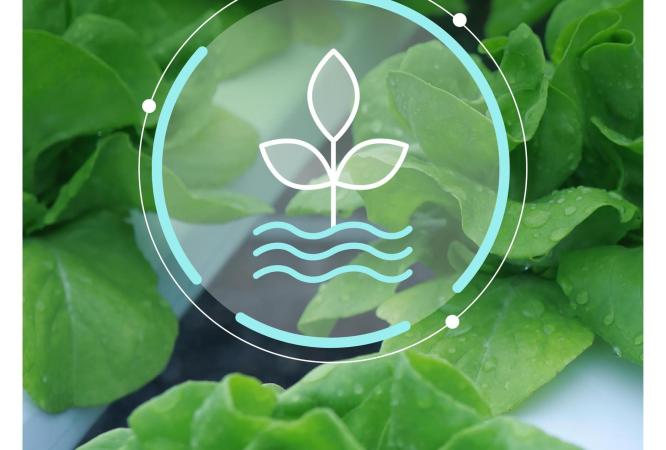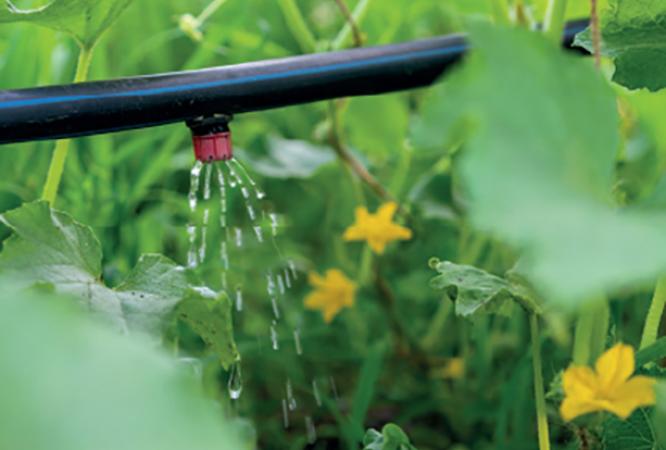To support healthy plant growth and optimal yields, modern agriculture relies on various inputs. Some, like fertilizers, provide essential nutrients, while others, such as pesticides, protect crops from pests and diseases. Despite being used side by side, fertilizers and pesticides differ significantly in composition, function, and impact. This article clarifies these distinctions and emphasizes the importance of responsible use to promote sustainable farming.
What Are Fertilizers?
Fertilizers supply crops with the essential nutrients needed for healthy growth and development. Intensive agriculture depletes soil nutrients, making fertilization crucial to maintain productivity throughout the growing season.
Fertilizers fall into two main categories:
- Organic fertilizers, derived from natural sources like compost, manure, or bone meal, release nutrients slowly as they decompose.
- Synthetic fertilizers are industrially manufactured from natural resources such as mined minerals and atmospheric nitrogen. They offer precise nutrient ratios and immediate availability to plants.
What Are Pesticides?
Pesticides are chemical or biological agents formulated to protect crops from harmful organisms, including insects, fungi, weeds, and rodents. These substances are carefully engineered to target specific pests while minimizing damage to crops. Their primary role is to reduce crop losses, ensuring food security and stable yields.
Key Differences Between Fertilizers and Pesticides
1. Chemical Composition
Fertilizers contain plant nutrients—mainly nitrogen, phosphorus, and potassium—either in organic or synthetic forms. Pesticides consist of active compounds, natural or synthetic, designed to eliminate or deter specific pests. These substances are often more chemically complex and may have toxic effects on targeted organisms.
2. Primary Function
Fertilizers nourish plants, correcting nutrient deficiencies and promoting vigorous growth and high yields. Pesticides protect crops by preventing or controlling biotic stressors, thereby safeguarding the investment in crop nutrition and management.
3. Application Methods
Fertilizers are typically applied to soil or foliage, either directly or through irrigation systems, based on crop needs and growth stage. Pesticides are applied using more targeted methods—spraying, dusting, seed treatment, or granule spreading—depending on the pest and crop.
4. Environmental Impact
Both fertilizers and pesticides can impact the environment if misused. Excess fertilizers may lead to runoff, water pollution, and eutrophication. Improper pesticide use can harm non-target organisms, disrupt ecosystems, and promote pest resistance. Integrated management practices and precision application are vital to mitigating these risks.
Common Misconceptions and Overlaps
Fertilizers and pesticides are often stored, transported, and applied together, contributing to the misconception that they serve similar purposes. Their joint use in modern agriculture, especially during key growth stages, can obscure their distinct roles. In reality, fertilizers directly feed plants, while pesticides protect them. Understanding this difference is critical for making informed decisions in crop management.
Responsible Practices Are Key
Intensive crop production depends on both fertilizers and pesticides, but their benefits come with potential risks. Sustainable agriculture calls for careful, efficient, and optimized use of both.
- For fertilizers, this means using pure nutrient formulations, aligning nutrient supply with crop demand, and choosing precise application methods to avoid overuse and nutrient leaching.
- For pesticides, sustainable practices involve integrated pest management (IPM), which includes using pest-resistant cultivars, enhancing biological control agents, and applying chemical pesticides only when necessary and in the lowest effective doses.
By embracing these practices, farmers can boost productivity, protect soil and water resources, and preserve ecosystem health for future generations.
Conclusion
Though fertilizers and pesticides are integral to modern agriculture, they serve fundamentally different purposes. Fertilizers build plant strength by supplying nutrients, while pesticides act as defenders against biological threats. Recognizing their unique roles and applying them responsibly as part of integrated strategies is essential for maintaining high yields, protecting the environment, and ensuring a sustainable food supply.





